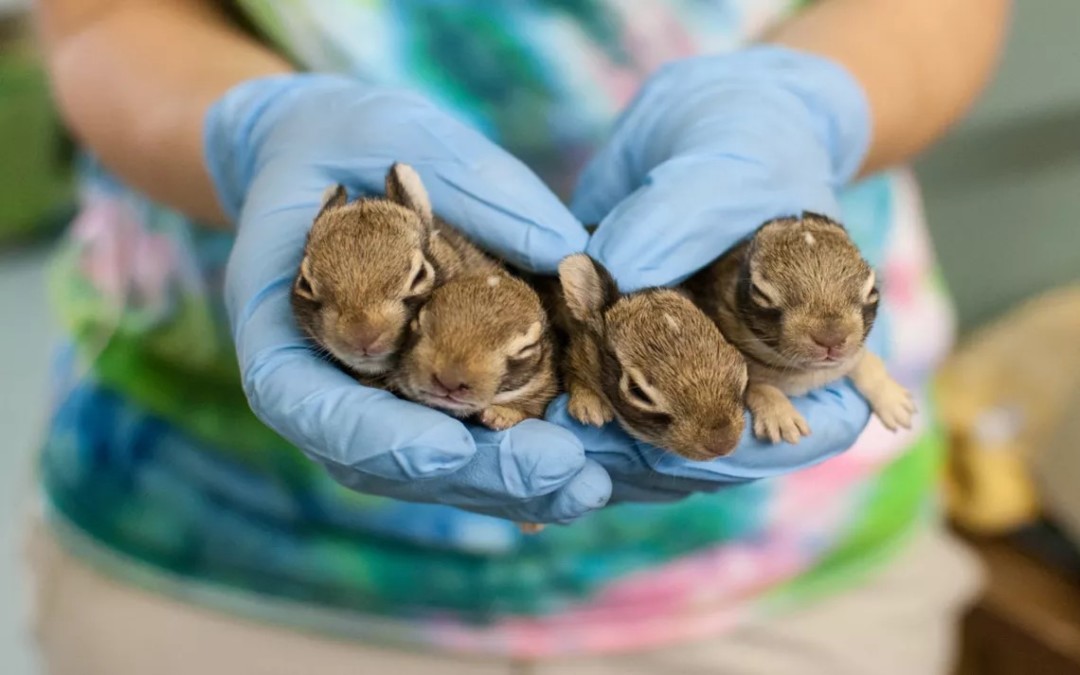- Importance of timely action in wildlife emergencies.
- Steps to take when encountering injured or orphaned wildlife.
- Legal considerations and responsibilities in wildlife conservation.
- Role of rehabilitation centers and wildlife professionals.
- Importance of public education in wildlife conservation efforts.
Understanding the nuances of dealing with wildlife emergencies is crucial, particularly in spring and early summer when activity is high. This period witnesses an increase in inquiries concerning wildlife emergencies, and knowing how to respond can significantly impact conservation efforts.
The timing of your response in wildlife emergencies can make a substantial difference. Spring and early summer are crucial times for wildlife, as many species are in their breeding season. The landscape is teeming with young animals, some of whom may inadvertently become separated from their parents. Rapid and informed response is essential. Human intervention can often mean the difference between life and death for these creatures. Responding swiftly ensures that injured or orphaned wildlife receives the care they need as soon as possible. It’s imperative to act with urgency but with informed caution. This is where understanding the importance of appropriate steps and the roles of different stakeholders in wildlife conservation comes into play.
Encountering injured or orphaned wildlife can be daunting. However, knowing the initial steps to take is crucial for the animal’s welfare. The priority should always be to assess the situation without causing further distress. Personal safety should also be a primary concern; wild animals can be unpredictable when frightened or injured. Contact a local wildlife rehabilitation center for guidance before attempting to handle the animal. They can often offer advice on immediate measures you can take and whether professional intervention is necessary. In some instances, animals that appear abandoned are not in distress and do not need assistance. For example, a fawn lying alone in high grass is typically left temporarily by its mother to protect it from predators. Thus, understanding animal behavior is critical in preventing unnecessary intervention.
Legal considerations in wildlife conservation are important and must be respected by anyone engaging with wildlife. In many regions, it is illegal to handle or keep wild animals without proper permits. This legislation is in place to protect both the animals and the public, as improper care can lead to worsening health conditions for wildlife and potential safety issues for humans. It is crucial to understand your local wildlife laws and regulations. Organizations like local wildlife departments or conservation groups can provide guidance. Zoos and other animal care facilities usually have specific policies about accepting wild animals, typically due to legal restrictions and their capacity to care for non-domesticated animals. Understanding the legal framework not only ensures compliance but also supports broader conservation goals.
Wildlife rehabilitation centers and professionals play a pivotal role in managing wildlife emergencies. These facilities are staffed by experts trained in the care and treatment of injured or orphaned wildlife. Their goals extend beyond immediate care; they work toward the rehabilitation and eventual release of animals back into their natural habitats whenever possible. Rehabilitation centers serve as a crucial link between wildlife and the public, providing education and guidance on coexistence and conservation. Developing relationships with local wildlife centers can be beneficial, as they can provide opportunities for volunteering or learning more about regional wildlife species and their needs.
Public education is essential for ongoing wildlife conservation. By raising awareness about wildlife emergencies and proper response protocols, organizations can foster a community that is more informed and prepared to assist in conservation efforts. Education initiatives can range from informational brochures and community workshops to school programs and public seminars. The objective is to disseminate knowledge about local wildlife, their habitats, and the importance of conservation. Raising awareness in the community increases empathy and understanding, which can lead to greater community support for wildlife conservation programs. Public education not only addresses immediate wildlife emergencies but also instills long-term conservation-minded practices in communities.
By understanding the roles of timely intervention, proper procedures, legal responsibilities, rehabilitation centers, and public education, individuals and communities can play an effective role in promoting wildlife conservation efforts. Wildlife is an integral part of our environment, and their well-being reflects the health of the entire ecosystem. As such, fostering a well-informed and engaged society is pivotal in nurturing and sustaining the rich biodiversity around us. The collective efforts of individuals, supported by legal, educational, and professional frameworks, can create a positive impact on wildlife preservation and conservation worldwide.
*****
Source Description
🌿🐾 Attention 🐾🌿 In spring and early summer, we receive numerous inquiries regarding wildlife emergencies. To guide you in the right direction, we’ve put together essential info on who to contact and what steps to take. Your quick actions can make a big difference!
We CAN point you in the right direction. 🌳🦉
More info: https://www.uticazoo.org/wildlifeemergency/
Please do not come to the Zoo with the intention of dropping off a wild animal (injured or otherwise)! We cannot legally take or house the animal.


